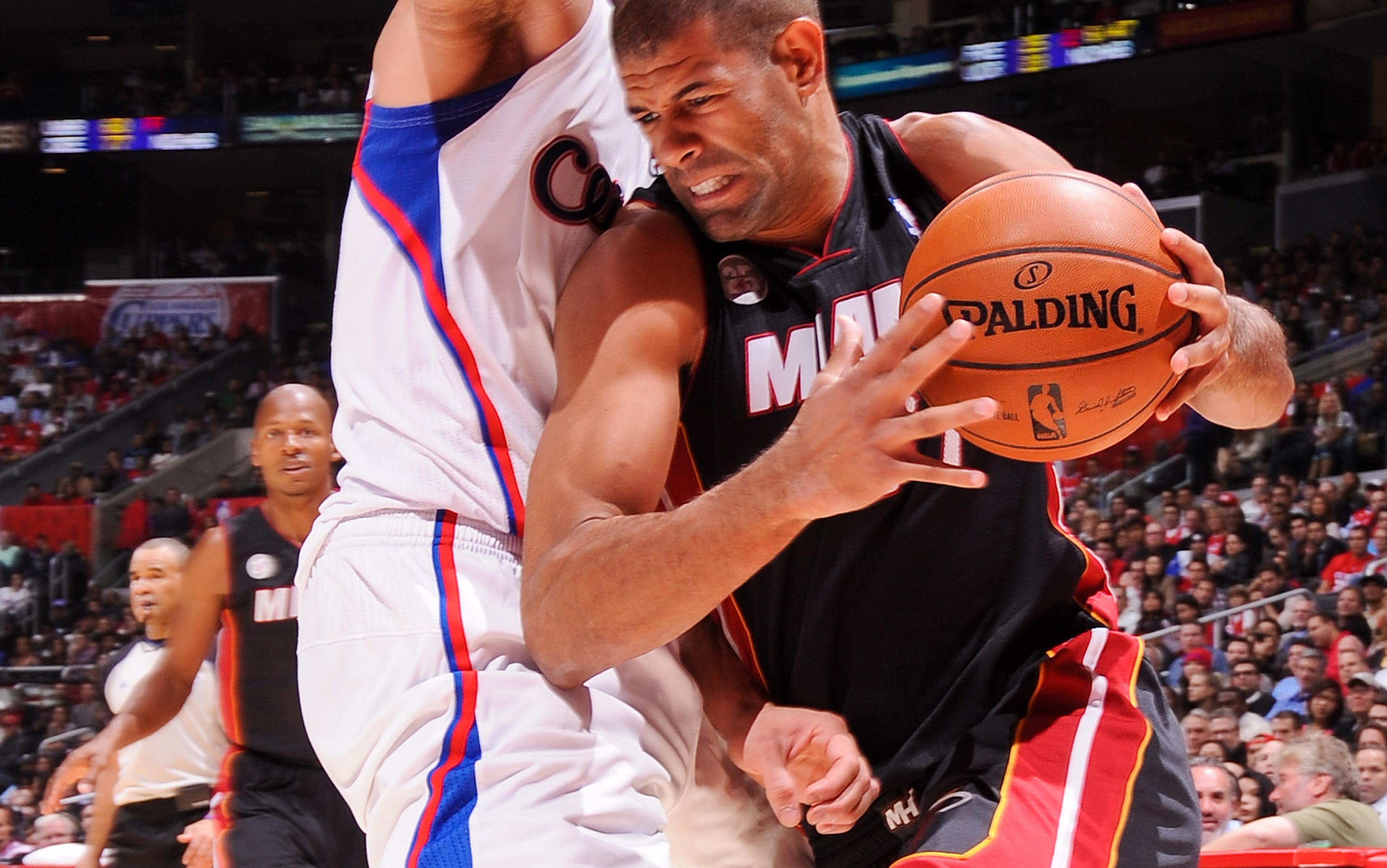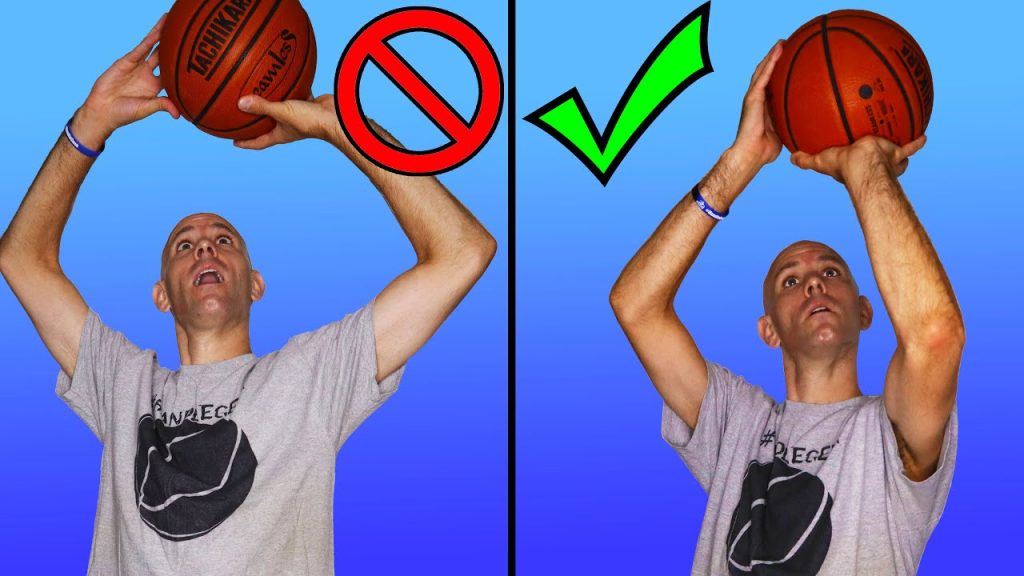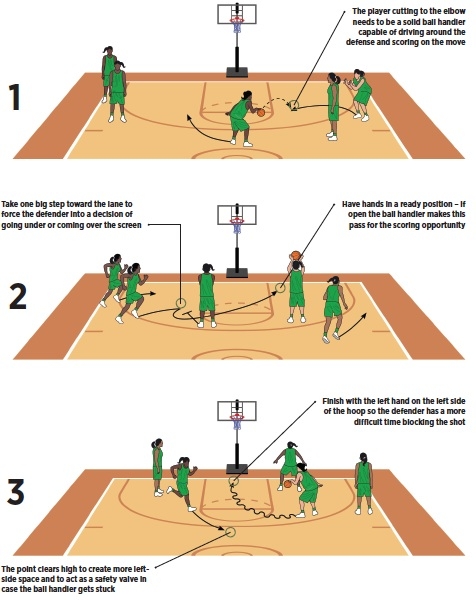Basketball and math seem like separate worlds. They are more connected than you think.
Basketball involves numbers, patterns, and calculations. From scoring points to tracking player stats, math is everywhere. Players use math to perfect their shots and coaches rely on it for strategies. Even fans use math to understand game statistics. This connection makes the game not only exciting but also educational.
In this blog post, we will explore how basketball relates to math. You will see the game in a new light and appreciate the role of math in sports. Let’s dive into the fascinating intersection of basketball and math.
The Role Of Angles
Basketball and math share a strong connection, especially through the role of angles. The precision and strategy in the game often depend on understanding and using angles correctly. This connection becomes clear in various aspects of the game, such as shooting and passing.
Shooting Techniques
Effective shooting in basketball heavily relies on angles. Players must calculate the angle of their shot to increase their chances of scoring. A higher arc can help the ball avoid defenders and increase the likelihood of it passing through the hoop. The backboard also plays a crucial role, where the angle of the ball’s impact can determine its rebound direction. Players practice different angles to find the most successful shooting techniques.
Passing Precision
Passing the ball accurately involves more than just aim. The angle at which the ball is thrown can affect its speed and trajectory. Players need to understand and use angles to pass the ball effectively to their teammates. A precise angle can help the ball avoid opponents and reach the intended player. Mastering the angles of passing can significantly improve a team’s performance.
Scoring Systems
Basketball is an exciting sport that involves a lot of strategy and skill. Yet, many may not realize how much math is involved, especially in the scoring systems. Understanding these systems can enhance one’s appreciation of the game. Let’s explore the key elements of scoring in basketball.
Point Values
In basketball, different shots have different point values. A shot made from inside the three-point line is worth two points. Shots made from beyond this line are worth three points. This system encourages players to take more challenging shots for higher rewards.
Free Throws And Percentages
Free throws are worth one point each. These shots occur after a player is fouled. Teams often analyze free throw percentages to gauge player performance. A higher percentage indicates a reliable shooter. Coaches use these stats to make strategic decisions.
Player Statistics
Basketball and math are closely connected through player statistics. These statistics help teams and fans understand a player’s performance. Numbers reveal strengths and areas for improvement. Let’s explore some key stats.
Points Per Game
Points per game (PPG) measures a player’s scoring ability. It is the average number of points a player scores in each game. This stat is easy to calculate. Divide the total points by the number of games played. For example, if a player scores 300 points over 10 games, their PPG is 30. High PPG means a strong scorer. Coaches use PPG to decide player roles and strategies.
Efficiency Ratings
Efficiency ratings provide a more comprehensive view. They measure a player’s overall contribution to the game. One popular rating is the Player Efficiency Rating (PER). It includes points, rebounds, assists, steals, and blocks. Negative stats like turnovers also affect PER. This makes PER a balanced measure. A higher PER indicates a more effective player.
Calculating PER involves a complex formula:
PER = (Points + Rebounds + Assists + Steals + Blocks - Missed Shots - Turnovers) / Games Played
Analyzing efficiency ratings helps coaches make better decisions. They can identify which players contribute most to the team’s success. Efficiency ratings are essential for building winning teams.

Credit: aeon.co
Game Strategies
Basketball isn’t just about physical skills. It’s also about strategy and planning. These game strategies often involve a lot of math. Let’s explore how math plays a role in basketball strategies.
Offensive Plays
Offensive plays require precise calculations. Players need to know the best angles to shoot. They must understand the probability of making a shot from different spots. Passing also involves timing and spacing. Each player needs to be in the right place at the right time. This helps avoid turnovers and create scoring opportunities. Coaches use statistics to plan offensive plays. They study player performance and opponent weaknesses. This helps in making informed decisions during the game.
Defensive Formations
Defensive formations also rely on math. Teams use geometry to cover the court effectively. They need to calculate distances between players. This ensures that they can guard their opponents well. Defensive strategies include man-to-man and zone defenses. Each type requires different spacing and positioning. Coaches use data to identify patterns in opponents’ plays. They analyze shooting percentages and passing trends. This helps in setting up the most effective defense.
Math is a crucial part of basketball strategies. It helps in planning both offensive and defensive plays. Understanding these concepts can improve a team’s performance. So, next time you watch a game, think about the math behind the moves.
Probability In Outcomes
Basketball and math may seem unrelated at first glance. Yet, probability plays a huge role in the game. Understanding probability in basketball can help teams make better decisions. It can also help predict game outcomes. Let’s dive into two key aspects: winning chances and shot success rates.
Winning Chances
Each basketball game has many possible outcomes. Teams use probability to estimate their chances of winning. They consider factors like player stats, team performance, and past games. This helps them understand their winning chances.
For example, if a team wins 70% of their home games, they have a high chance of winning their next home game. Coaches use this information to plan their strategies. They focus on improving their weak points.
Shot Success Rates
Another important aspect is the shot success rate. This is the probability of a player making a shot. It depends on factors like the player’s skill and the shot distance. Coaches study these stats to decide who takes the shots. They aim to increase their team’s scoring chances.
If a player has a high success rate from the three-point line, they will take more three-point shots. This improves the team’s overall performance. Understanding shot success rates helps in making better game-time decisions.

Credit: www.hopkinsmedicine.org
Geometry On The Court
Geometry plays a huge role in basketball. The court’s layout and the way players move are all influenced by geometric principles. Understanding this can improve not only your game awareness but also your math skills.
Court Dimensions
The basketball court is a rectangle. It measures 94 feet long and 50 feet wide. The half-court line divides it into two equal parts. The free-throw line is 15 feet from the backboard. The key, also known as the paint, is 16 feet wide. These dimensions create a structured space for players to operate. It helps in planning moves and positioning.
Three-point Line Significance
The three-point line forms an arc. It is 23.75 feet from the basket. In the corners, it is only 22 feet away. This arc changes how players shoot. Shots beyond this line are worth three points. This makes it a key area on the court. Players use this line to space the floor. They also use it to create scoring opportunities.
Time Management
Time management in basketball is crucial. It can determine the outcome of a game. Understanding the concept of time is not just important for players. Coaches and fans need it too. Time management in basketball relates closely to math. Let’s explore how.
Shot Clock
The shot clock in basketball is a timer. It counts down the seconds a team has to take a shot. In the NBA, the shot clock is set to 24 seconds. This short period means players must act quickly. They must calculate their moves. Timing is key. Every second counts. A player needs to watch the shot clock and decide when to shoot. This is where math comes in.
Players perform quick mental calculations. They determine the best time to shoot. If they don’t, they risk a shot clock violation. This means the opposing team gets the ball. Coaches use the shot clock for strategy. They plan plays based on the time left. It’s all about making smart decisions in a limited time.
Game Duration
A standard NBA game is 48 minutes long. It’s divided into four 12-minute quarters. Each minute, each second, is crucial. Teams use math to manage these periods. They calculate timeouts, substitutions, and strategies. Coaches need to know how much time is left. They use this knowledge to plan their next move.
Math helps in tracking player minutes. Some players need more rest. Others can play longer. Balancing player time ensures optimal performance. Teams also use math to manage the game clock. They decide when to foul or run down the clock. These decisions can change the game’s outcome. Effective time management can lead to victory.

Credit: www.post-gazette.com
Data Analysis
Basketball and math might seem unrelated, but data analysis connects them. In basketball, data analysis helps teams make informed decisions. It involves examining statistics to understand player and team performance. This process includes various metrics and advanced analytics.
Performance Metrics
Performance metrics are crucial in basketball. They measure a player’s efficiency on the court. Points scored, rebounds, assists, steals, and blocks are common metrics. These numbers provide a snapshot of a player’s contribution. Coaches use these metrics to assess players’ strengths and weaknesses.
Teams also analyze shooting percentages. Field goal percentage (FG%), free throw percentage (FT%), and three-point percentage (3P%) are important. These metrics show a player’s scoring accuracy. They help in game planning and strategy development.
Advanced Analytics
Advanced analytics delve deeper into the game. They go beyond basic statistics. One example is Player Efficiency Rating (PER). PER evaluates a player’s overall efficiency. It considers positive and negative contributions per minute.
Another important metric is the plus-minus (+/-) statistic. It shows the point difference when a player is on the court. A positive value indicates a positive impact on the game. A negative value suggests areas for improvement.
Teams also use tracking data. This data includes player movement, speed, and distance covered. It helps in understanding player behavior and stamina. Coaches use this information to optimize training and game strategies.
In conclusion, data analysis in basketball involves various performance metrics and advanced analytics. These tools help teams make informed decisions. They provide insights into player and team performance. Math plays a vital role in understanding and improving the game.
Frequently Asked Questions
How Is Math Used In Basketball?
Math is used in basketball to calculate player stats, shooting percentages, and game strategies. Coaches use math to analyze game performance and make data-driven decisions.
What Is The Role Of Geometry In Basketball?
Geometry helps players understand angles for shooting, passing, and positioning. Court dimensions and player movement rely heavily on geometric principles.
How Do Basketball Players Use Probability?
Players use probability to assess the likelihood of making shots from different distances. Coaches use it to strategize plays and defensive formations.
Why Is Math Important In Basketball Analytics?
Math is crucial for analyzing player performance, game strategies, and team efficiency. It helps teams make informed decisions and improve overall performance.
Conclusion
Basketball and math go hand in hand. Players use angles to shoot. Coaches analyze stats to plan. Fans calculate scores and averages. This connection makes the game smarter. Math enhances strategies and decision-making. Understanding this can deepen your love for basketball.
So, next time you watch or play, notice the math. It’s everywhere. Enjoy the game and the numbers.


